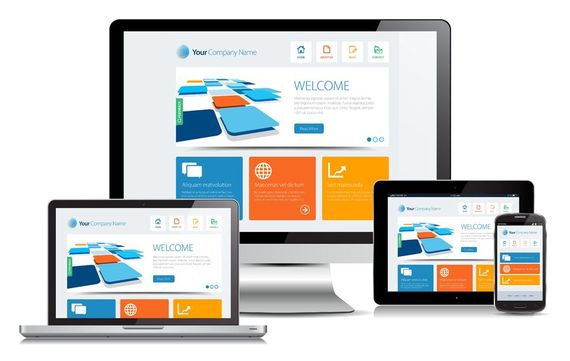Ever been in a situation where you had to wait for minutes before a website completely load-up? It is a very frustrating experience to have to wait before one is able to access the required resources on a webpage.
As a web owner, especially if it's a money making webpage, this is not a desirable thing. Considering the fact that consumers now have shorter and shorter attention spans, it is important you do everything possible to ensure your website users don't get frustrated.
A research study indicated that download speed and web performance directly influences customers behavior in terms of sales conversion. Just an increase of 100 milliseconds page load speed cost Amazon substantial revenue losses.
However, having a high performing website means a number of things need to be put in place. This article is directed at exposing some of the tricks you could use to boost your website performance.
1.Reduce HTTP Requests
A report on Yahoo revealed that almost 80% of a website's load time is spent downloading various pieces of the pages. Parts like stylesheets, image, scripts, flash etc. before each of these will be accessed an HTTP request has to be made. Therefore, the more of these components you have, the longer the page load time.
You can however improve the speed by employing CSS instead of images wherever possible. By trimming the number of elements on the page and using a single combination of multiple style sheets you will be able to increase the performance of your website.
2.Enable Compression
If your webpage is made up of high quality content, the size could be over a 100kb, thus taking time to download. Due to their bulkiness, it is best to compress them through zip. This reduces the load time and makes everyone happy. With compression, the bandwidth of the page is reduced thus reducing HTTP response.
3.Improve Your Message
Before visitors can be converted to customers, a lot of factors are involved. The majority however lies in how you package the content of your website. The central message should be clear, precise, quick and convincing. Your central message is needed to serve as a link for your visitor to access the internal landing page.
4.Give Your Visitors a Reason to Check back
Getting a visitor on your page is a great. However, giving them a reason to check back in the future is much more important. According to David Kokosi, an expert on Network and IP Stresser, "visitors are rarely converted to customers on their first visit. The first visit is often used to access credibility. Conscientious effort have to be taken to give your visitors something worth coming back to."
Here are examples steps that could be taken:
•A regularly updated blog
•Practical articles
•Newsletters and RSS feeds
•Whatsoever will engage your visitor and provide them with value.
5.Make it Mobile friendly.
It is no longer news that a large percentage of the people access the internet via their tablet and mobile devices. Thus, having a responsive web design is non-negotiable. A report from Forester in 2014 revealed that mobile commerce transaction in the US totaled $114 billion. Given the wide spread acceptance of smart phones, it is essential you give mobile a priority in designing your website.
6.Enable browser caching
On visit to any website, the elements on that page are stored in a cache on the hard drive. This prevents having to send another HTTP request to the server when next the site is visited. Having your web cache enabled can significantly reduce browser load time by as much as 70%, since all the required components will not be downloaded again.
7.Optimize Image
As images are part of the heaviest components of your web's content, you need to optimize them to reduce load time. With image, three things are critical: size, format and the src attribute.
•Image size: Since oversized image will affect load time, crop image to a reasonable size. Also reduce color depth to the minimal acceptable standard and remove image comments.
•For Image Format: While PNG is a good option, older browser might not support it. JPEG is the best. Avoid the use of BMPs
•Src attribute: once the size and format of your image is optimized, get the code in order too.
8.Make The Best of Social Media
Quite a few web owners really know how to properly and effectively use social media on their company website. According to Nirmal Gyanwali, a Sydney based web design expert, the secret of using social media as a key business generating tool is to integrate them with compelling contents on your site. Having interesting contents relating to your business that visitors will be proud to share is what makes the use of social media effective.
9.Reduce redirects
With redirects, you generate additional HTTP response. This only increases load time which you do not want. Using a HTTP redirect on the other hand can help transfer mobile users directly to the mobile version of the URL without redirects could help.
10.Sign Up With a Good Web Host
Choosing a good web hosting for your website is crucial. Your choice of hosting services goes a long way to determine your website's response time. So, you want to go with the best web hosting that meet your needs. It might be tempting to go for cheap web host but the cost in terms of missed business might be more.
Never forget that the primary focus of your webpage is to generate traffic and make money. While you might be tempted with glossy images and trendy styles, bear in mind that they could be bad for your website. No visitor will be patient enough to wait excessively for your website to load. Endeavor to implement some (if not all) of the above 10 points so as to optimize your site for effective running.

